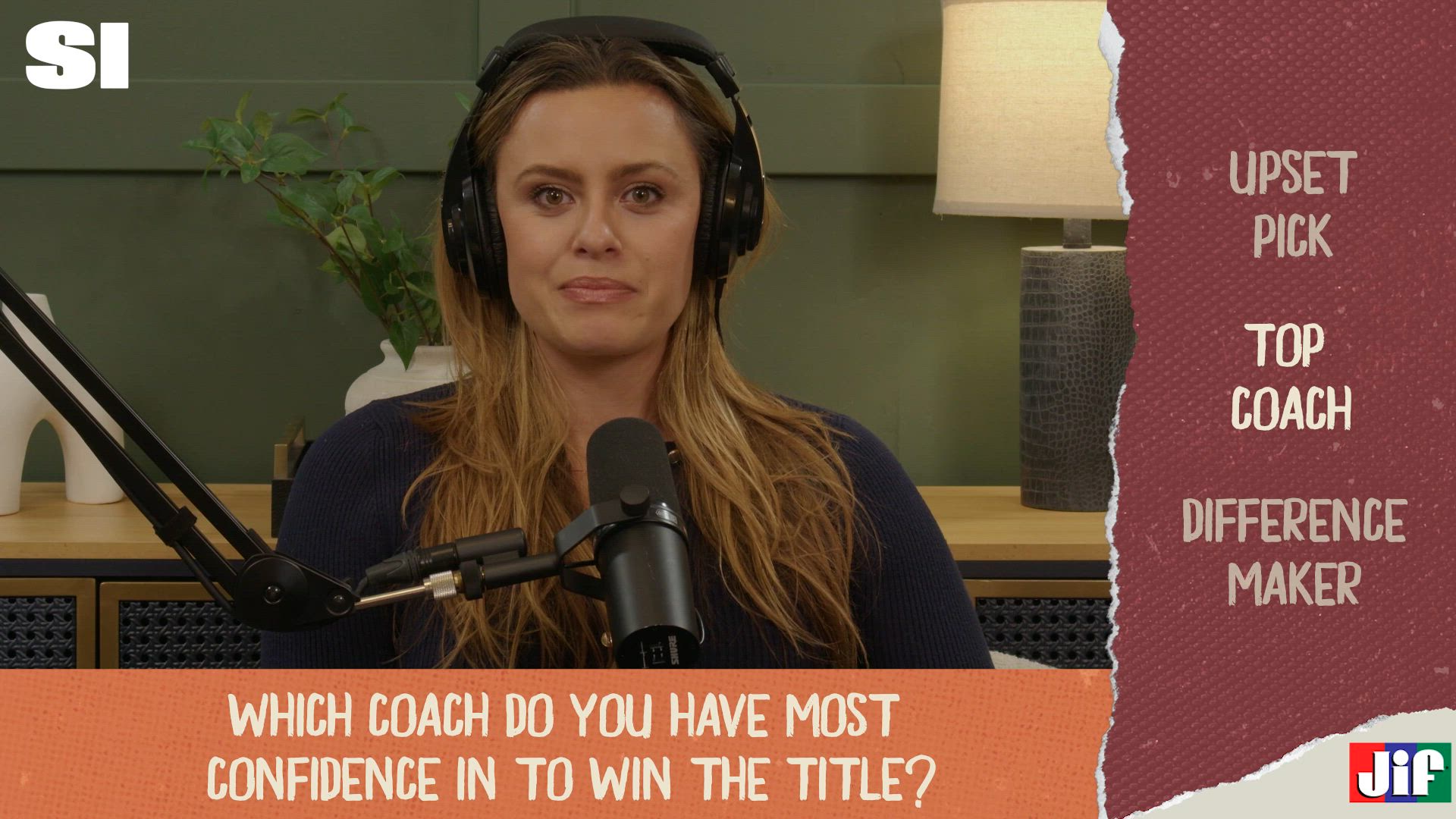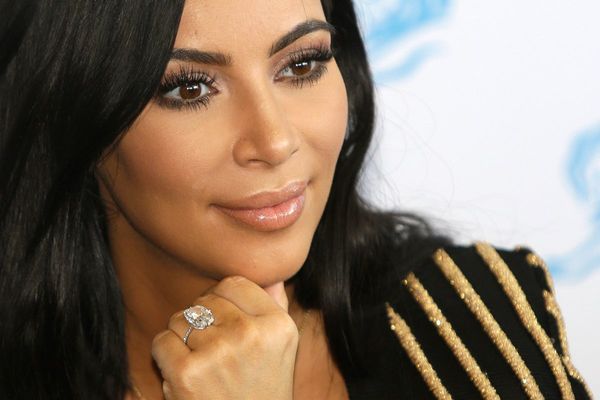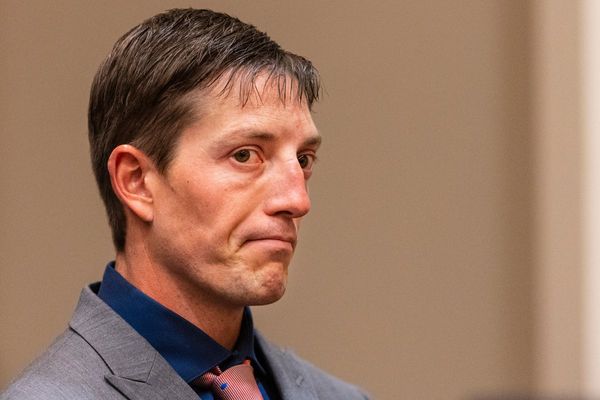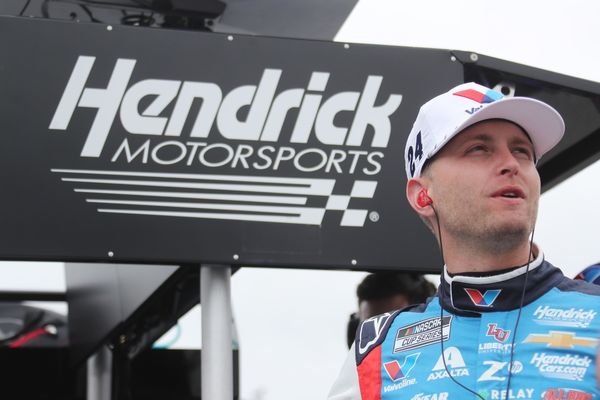
Cori Close began her first press conference en route to the Final Four with a clarification.
The UCLA Bruins coach had seen her team described as the first in program history to make it this far in the tournament. And it was, in fact, the first UCLA women’s team ever to reach the NCAA Final Four. But there was a bit of history lost in the space between those sentences.
“It’s actually not correct,” Close said of the idea that UCLA had never been to the women’s Final Four. “1978, AIAW, they won the national championship.”

Before women’s college sports were overseen by the NCAA, they were under the purview of the Association for Intercollegiate Athletics for Women, or the AIAW. The organization ran championships for women for a decade before the NCAA took over in 1982. Its history is absent from the records maintained by the NCAA. But it still matters very much to a program like UCLA, whose only championship experience came in that period, and to a coach like Close, who has brought in the alumnae from those years to share in what she has built in Westwood.
There are just two jerseys retired in women’s basketball at UCLA. Both were members of that 1978 AIAW Championship team: Denise Curry, who remains the leading scorer in program history, and Ann Meyers, the first woman to attend UCLA on a full athletic scholarship and a four-time All-American. Both still have season tickets now. “I get a text from them almost before every game,” Close said after the Elite Eight. When she was cutting down the nets an hour earlier, Curry was on the floor with her, watching the program achieve something it had not since her own playing days.
And that 1978 AIAW Championship meant something beyond the campus of UCLA. It marked a major turning point for the sport. That was the first year the women’s tournament was played across multiple weekends. It was the first championship to be shown on national television. It was the first title game played between major state universities (UCLA and Maryland). It set a record for attendance. More than any of those other early championships, 1978 was the first to show the potential for a legitimate audience in women’s basketball.
“You half expected a voice to come over the Pauley Pavilion P.A. system proclaiming, ‘Women’s basketball…now arriving from obscurity on track seven, upper concourse,’” Sports Illustrated wrote of that championship game. “And, in truth, last Saturday night it happened. In front of the largest crowd ever to see a women’s championship game, women’s basketball came whistling into the station.”
“It was rough, and it was kind of raw, but it was a beginning,” Holland says. “And that’s what I wanted to have happen.”
The AIAW held its first college basketball championship in 1972. With minimal funding and limited institutional support, the event was modest, and it remained that way for years. The whole tournament was played in one weekend and hosted on a single campus. An unforgiving schedule meant teams that made the championship ended up playing four games in four days. A set of 15 schools was picked for the bracket: The 16th spot went to whichever campus offered to host. Attendance was low. Media was scant. There was no conversation of television coverage.
All of which immediately stood out to Holland. She was hired by UCLA as its director of women’s athletics in 1975, and when she attended her first basketball championship, she thought: The women’s basketball tournament should be a much bigger event. It was the premier sport in the AIAW. Growing women’s sports as a whole meant focusing on women’s college basketball. And that would have to start with the tournament.
Holland became president of the AIAW in 1977. She laid out a plan to overhaul its basketball championship. First? It would have to split the bracket over two weekends. Any opportunity to drum up interest was quashed by playing four games in four days. It would be much easier to market the championship (and improve the quality of basketball) if there was a full week in between rounds. What she wanted, essentially, was a true Final Four. Second? The opening weekend should be played at separate regional sites, rather than holding the entire tournament in one place, in order to spread interest around the country. Third? Wherever the Final Four was scheduled would have to be a real city. The first AIAW tournament was hosted by Illinois State in Normal, Ill., and the following years saw it hosted by schools like Kansas State in Manhattan, Kan., and James Madison in Harrisonburg, Va. It needed to be somewhere bigger.
Like, for instance, Los Angeles.
Holland admitted that she was a tad biased. But in the 1970s, fresh off the UCLA men’s basketball legacy of John Wooden, it seemed like there was no better large city to spark interest around college hoops. Holland knew that she could organize a championship weekend just the way she wanted to in L.A. She got approval from the rest of the leadership in the AIAW.
“I don’t think they remembered that we had a pretty good team that year,” Holland laughs. “Or maybe they wouldn’t have agreed so readily.”
That laid the groundwork for a tournament like none that had come before it. That first weekend in 1978 took place at regional sites in East Brunswick, N.J., Long Beach, Calif., Denton, Tex., and Cleveland, Miss.—coast to coast. And the programs that emerged from those regionals indicated a shift in the sport. The first six AIAW championships were won by tiny schools: Immaculata College in Pennsylvania and Delta State in Mississippi. These programs were able to punch far above their weight simply by sponsoring the game at all in an era when larger schools paid little attention to women’s sports. But that was finally starting to change as the impact of Title IX became clear in the late 1970s.
“They had good basketball teams, that was for sure,” Holland says of the small programs that dominated the early years of the AIAW. “But I think we were waiting for some of the bigger schools to get involved.”
That demand broke through in 1978. There were still successful small schools: A tiny program in West Texas with a long history of women’s hoops, Wayland Baptist College, made the Final Four. So did Montclair State, led by phenom Carol Blazejowski, who led the nation in scoring. But the other two schools playing on that second weekend of the tournament were Maryland and UCLA. There was finally consistent, legitimate competition from major state universities. It felt like proof of a new era in the AIAW.
Much of the weekend felt that way at the Final Four. Holland and the AIAW had been able to sell television rights to NBC—there was barely any money in it, “considerably less than $25,000,” as reported at the time by SI. The championship game was not aired live in its entirety and was instead packaged as part of the program Sportsworld. But to be on television in any capacity felt remarkable. The Final Four game between UCLA and Montclair State broke an attendance record with 7,822 fans, more than had seen any tournament game for the women before.
One of them was Wilt Chamberlain.
“These girls can play,” the retired NBA star told the Washington Post when asked why he’d bothered to come out. “This is as good as watching the Lakers. If I’m going to watch the Lakers, I’ll watch this.”
He saw Blazejowski drop 40 points for Montclair State in an effort to knock off mighty UCLA. It wasn’t enough. UCLA had won a chance to play for a title on its own floor.
Honoring the 1978 AIAW championship team! 🏆
— UCLA Athletics (@UCLAAthletics) April 3, 2025
Led by @AnnMeyers, @UCLAWBB previously made the #FinalFour in 1978 and 1979. #GoBruins #TBT pic.twitter.com/08kfnoGgyA
The championship game against Maryland broke the attendance record that had just been set. There were 9,351 people in the stands, thousands more than had ever watched a game for UCLA. Meyers, Curry & Co. cruised to a comfortable win over Maryland. Holland burst into tears when the buzzer sounded.
She had pulled off the Final Four weekend that she had wanted. But she felt like she had dealt with pushback at every turn. There were other members of AIAW leadership who expressed worry that her championship was too big: The founding impulse of the organization had been to create a model of women’s college sports that was free of the corruption and commercialism in men’s college sports. That had already caused internal strife over subjects like how to structure recruitment and even whether to allow scholarships. Now, there were leaders who felt similarly skeptical about Holland’s vision of the Final Four, with its big crowds and television coverage and early tournament games spaced across the country.
A few years later, Holland would become one of the leading voices pushing for women’s sports to be governed by the NCAA, rather than under a separate, women-exclusive organization. The AIAW reaction to that 1978 championship felt like a turning point for her.
“That was part of the reason I championed the cause to move to the NCAA,” Holland says. “Because I didn’t see any hope, to tell you the truth.”
What she hoped to do was give female college athletes the experience she felt they deserved. For that weekend in 1978, at least, she was grateful that she had been able to do that.
“This is the big time,” Curry told reporters in front of the crowd the night UCLA won the title. “They’ve had the men’s tradition here for so long, and it’s just carried over for the women.”
All these years later, Meyers and Curry’s jerseys are still the only women’s in the rafters at Pauley Pavilion, and that 1978 championship banner hangs alone, too. There had been hope for a potential dynasty: Meyers graduated in ’78, but Curry was just a freshman, and the group around her was solid. The SI article on the Bruins’ championship was headlined “No. 1 for the Wizardess of Westwood.” The wizardess in question, Billie Moore, stayed as head coach for another 15 years, but there would not be a No. 2.
That is part of why the players behind No. 1 have remained so involved with the program as it finally makes its way back to a Final Four.

“It’s way better in life to share it with others and to acknowledge that you didn’t get there on your own,” Close said after the Elite Eight. “And I sure did not get here on my own, and we did not get here on our own, and we are so grateful for people like Annie and Denise. They could have said, Oh, my gosh, you guys are so spoiled, and, If you only knew what we had to do. And that isn’t the case. They have celebrated every step, they have been behind us, they have donated, they have showed up, they have believed in our mission.”
That goes for Holland, too. The 87-year-old retired administrator does not get to many games in person anymore. But she watches them all on television, and she watches the press conferences, too. She was delighted to watch UCLA win in the Elite Eight. She was just as delighted to watch Close remind people afterward that, actually, this would not be UCLA’s first time in the Final Four.
More March Madness on Sports Illustrated
This article was originally published on www.si.com as This Isn’t UCLA’s First Women’s Final Four.







